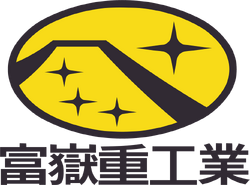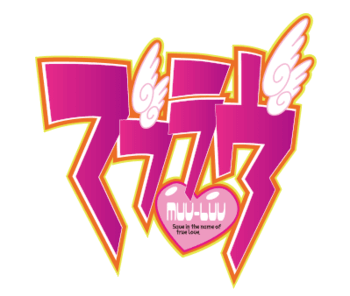
A Japanese industrial corporation, Fugaku HI is also the only company that manufactures Japanese Jump Unit engines for domestic Japanese TSFs. A common trait is that their engines focus on efficiency, at the cost of thrust output.
Fugaku has also license-produced TSFs together with other Japanese companies, usually with Mitsuhishi Heavy Industries and Kawazaki, and has been involved with all major Japanese TSF projects and productions.
Products
Tactical Surface Fighter
- A Japanese-modified version of the F-4 Phantom, the TSF, which entered service in 1977, was only withdrawn from active combat in 2001. Jointly manufactured with Mitsuhishi H.I. and Kawazaki.
- A further modification of the Type-77 Gekishin, the Type-82 Zuikaku was a unit for the exclusive use of pilots serving under the Imperial Royal Guard. Jointly manufactured with Mitsuhishi H.I. and Kawazaki.
- A license-produced version of the F-15C Eagle, the F-15J was produced in moderate numbers to bolster the Imperial armed forces while development proceeded on their 3rd generation design. Jointly manufactured with Mitsuhishi Mitsuhishi H.I. and Kawazaki; production of the TSF ceased by 1999.
- The culmination of the efforts of the Japanese TSF manufacturing industry, the Shiranui was the world's first production 3rd generation TSF. Jointly manufactured with Mitsuhishi H.I. and Kawazaki.
- Japanese attempts to modify and modernize the Type-94 resulted in this powerful, but finicky TSF. Jointly manufactured with Mitsuhishi H.I. and Kawazaki.
- Training TSF design, developed from the Type-94 during the latter's prototype phase. Jointly manufactured with Mitsuhishi H.I. and Kawazaki.
- High-performance TSF design, for the exclusive use of pilots serving under the Imperial Royal Guard. The Type-00 was intented to replace the Type-82 Zuikaku in active service. Jointly manufactured with Onda.
Engines
- FE79-FHI-17A
- Engine model used for the Jump Units of the Type-77/F-4J Gekishin and Type-82/F-4J Kai Zuikaku.
- FE100-FHI-200
- Engine model used for the Jump Units of the Type-89/F-15J Kagerou.
- FE108-FHI-220
- Engine model used for the Jump Units of the Type-94 Shiranui.
- FE108-FHI-220E
- Engine model used for the Jump Units of the Type-97 Fubuki.
- FE108-FHI-223
- Engine model used for the Jump Units of the Type-00C Takemikazuchi. Power output is 120% of the FE108-FHI-200 engine used in for the Type-94 Shiranui.
- FE108-FHI-225
- Engine model used for the Jump Units of the Type-00A Takemikazuchi, the Type-00F Takemikazuchi, and the Type-94-1C Shiranui Type 1C. The engine has two different power outputs; compared to the FE108-FHI-200, the Type-00A's engine output is 135% higher, while the Type-00F's engine output is 155% higher. It is unknown what value the Type-94-1C's engine output is.
- FE108-FHI-227
- Engine model used for the Jump Units of the Type-00R Takemikazuchi. Of all the engine models used for the Takemikazuchi-series, the -227 has the highest engine output, at 170% over the FE108-FHI-200.
Trivia
- The corporation is possibly based on the real-world Fuji Heavy Industries, given the similarities in their Japanese names (Fugaku's 富嶽, which refers to Mount. Fuji, to Fuji's 富士). However, the real-world Fuji H.I.'s involvement in Japanese aerospace is markedly different; it has only manufactured training aircraft so far, not combat-capable jets.
